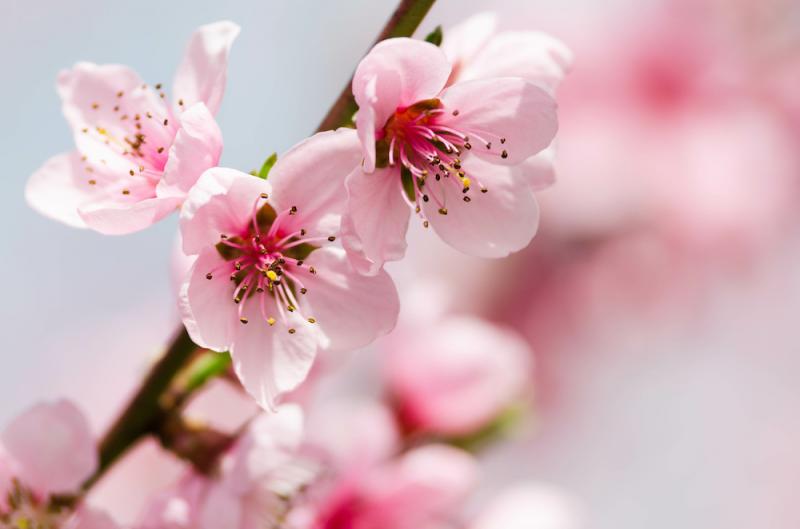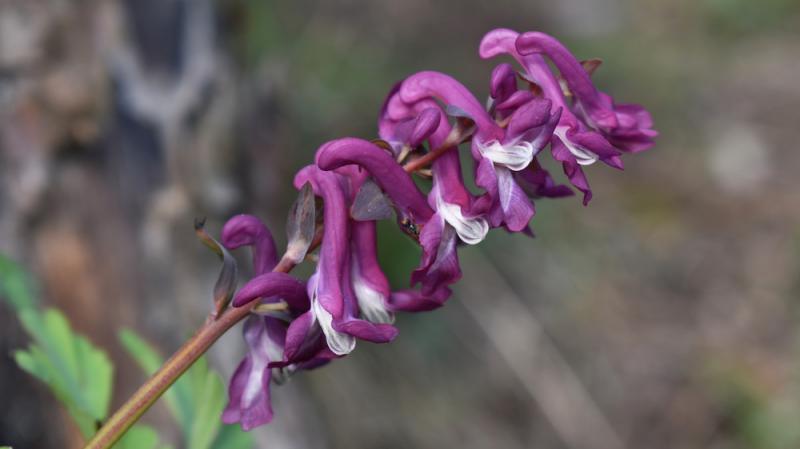- November 1, 2022
Breathe Your Way to Better Physical and Emotional Health
Over the years, I have observed that nearly all chronically ill people are shallow breathers. This is sometimes due to a hiatal hernia, but it can also be a sign of high levels of chronic stress. Breathing is vital to healing because without proper oxygenation we can’t maintain or even rebuild good health. Breathing is also essential to lymphatic flow, which is part of our immune system and helps our cells detoxify. Low oxygen levels in the body contribute to depression, fatigue, pain, and increased…
- October 25, 2022
Copaiba Resin and Essential Oil
A few years ago I was researching the endocannabinoid system and phytocannabinoids to better understand how cannabis (hemp and marijuana) works. That’s when I first learned about a resin from a South American tree called copaiba. The oil contains B- caryophyllene, a terpene that acts as a phytocannabinoid on CB2 receptors. The endocannabinoid system is an important part of how the nervous and immune systems communicate. Cells send messages via chemical messengers and the endocannabinoid system…
- October 18, 2022
Wintergreen
While I’m less familiar with medicinal plants that grow in the Eastern US than I am with those that grow here in Utah and the surrounding states, there is at least one eastern medicinal herb I can readily identify, wintergreen. It’s a low-growing shrub, less than six inches tall, with leathery oval leaves. It is especially easy to spot in the fall because its leaves stay green and it has bright red berries. And, if you’re not sure you have the right plant, smell it. If you’ve ever smelled…
- October 11, 2022
Mangosteen and Xanthones
Sometimes called the queen of fruits, mangosteen is a tropical fruit that is consumed in Asia and other parts of the world. As a fruit, they haven’t caught on in North America. I’ve never seen them at the grocery store, fresh or preserved, even though they are commonly found canned, frozen, and dried in other countries. I’ve seen and eaten some of the fresh fruits when I was lecturing in England. They were delicious.So, mangosteen is one of those herbs I’m primarily familiar with as a part…
- October 4, 2022
The Beautiful and Useful Quaking Aspen
Although not widely used, aspen is a valuable herbal remedy, both physically and emotionally, as are the other members of the poplar genus. The Western quacking aspen is Populus tremuloides and there’s also a European aspen species, P. tremula. Both Latin names refer to how easily aspen leaves tremble (or quiver) in the slightest breeze. Most leaves have round petioles (the leaf stalk), but the petiole in aspen leaves is flat so it bends more easily in the wind. This is an important…
- September 22, 2022
The Cooling, Soothing Peach Tree
Beyond producing peaches for eating; the peach tree has medicinal value. In this case, it’s the bark, leaves, and pits that are all used as cooling remedy, good for any kind of hot, dry, inflamed tissue.
- September 20, 2022
Utilitarian Yucca
I live in the American southwest, which is home to the yucca plant, Yucca glauca, Y. baccata, and other species. It’s a native of the American desert southwest and the Mexican desert highlands, but its range extends all the way to the east coast and up to the Dakotas, so it grows in most areas of the United States. Yucca was valued by Native Americans for many reasons. It was used for food, medicine, and other utilitarian purposes. Yucca's Many Uses Several years ago, I had the opportunity to…
- September 13, 2022
Corydalis
I was introduced to corydalis when I created a class on Chinese herbal medicine with my friend and fellow past president of the American Herbalists Guild, K.P. Khalsa. Corydalis was one of the herbs I wasn't familiar with until K.P. provided information about it for the class manual. At the time I was having some serious problems sleeping due to some incredibly stressful events I’d been through. I don’t know if any of you have reached a point in your life where you feel mentally and emotionally…













